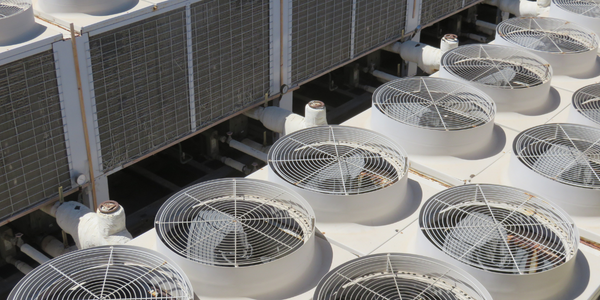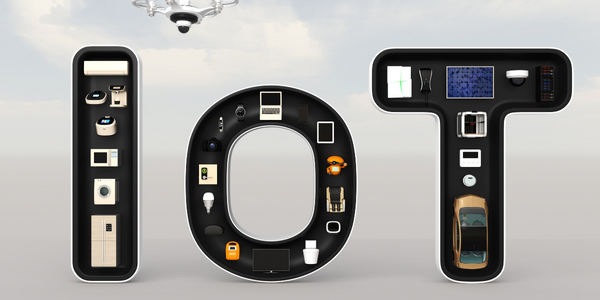Technology Category
- Sensors - Accelerometers
- Sensors - Vibration Sensors
Applicable Industries
- Equipment & Machinery
Applicable Functions
- Product Research & Development
Use Cases
- Structural Health Monitoring
- Time Sensitive Networking
Services
- Testing & Certification
About The Customer
Hennessy Industries is an international aftermarket wheel service manufacturer and part of Danaher Corporation, a Fortune 500 company. The company specializes in the production of wheel service equipment for automotive repair shops. Their product range includes tire changers, wheel balancers, and alignment systems. Hennessy Industries is known for its commitment to innovation and quality, constantly seeking ways to improve its products and services. In this project, they sought to develop a new tire balancing machine that could balance automobile wheels in a shorter time, without compromising on the size, shape, and weight of the machine.
The Challenge
Hennessy Industries, an international aftermarket wheel service manufacturer, was faced with the challenge of designing a frame for a tire-balancing machine that could balance automobile wheels in a shorter time. The new design was required to be approximately the same size, shape, and weight as the old machine. The R&D team needed to attenuate the noise generated by the frame during the start of the balance cycle so that the machine’s sensors could determine whether any imbalance existed. To achieve this, Hennessy Industries partnered with QuEST Global, a company that provides a wide range of engineering solutions.
The Solution
QuEST Global used the advanced structural capabilities of ANSYS Mechanical to develop an accurate and computationally efficient model of the existing tire-balancing machine. The fidelity of the computational model was validated using accelerometer ping test data from the physical model. Harmonic analysis was performed to correlate piezoelectric data with the imbalance of the tire. By performing both harmonic and transient dynamic analyses of the entire balancing cycle, QuEST Global gained insight into the balancing process and correlated the results with the original physical model. The team analyzed various design changes, such as a thicker frame structure and use of damping pads, to reduce the balancing time.
Operational Impact
Quantitative Benefit

Case Study missing?
Start adding your own!
Register with your work email and create a new case study profile for your business.
Related Case Studies.

Case Study
Smart Water Filtration Systems
Before working with Ayla Networks, Ozner was already using cloud connectivity to identify and solve water-filtration system malfunctions as well as to monitor filter cartridges for replacements.But, in June 2015, Ozner executives talked with Ayla about how the company might further improve its water systems with IoT technology. They liked what they heard from Ayla, but the executives needed to be sure that Ayla’s Agile IoT Platform provided the security and reliability Ozner required.

Case Study
IoT enabled Fleet Management with MindSphere
In view of growing competition, Gämmerler had a strong need to remain competitive via process optimization, reliability and gentle handling of printed products, even at highest press speeds. In addition, a digitalization initiative also included developing a key differentiation via data-driven services offers.

Case Study
Predictive Maintenance for Industrial Chillers
For global leaders in the industrial chiller manufacturing, reliability of the entire production process is of the utmost importance. Chillers are refrigeration systems that produce ice water to provide cooling for a process or industrial application. One of those leaders sought a way to respond to asset performance issues, even before they occur. The intelligence to guarantee maximum reliability of cooling devices is embedded (pre-alarming). A pre-alarming phase means that the cooling device still works, but symptoms may appear, telling manufacturers that a failure is likely to occur in the near future. Chillers who are not internet connected at that moment, provide little insight in this pre-alarming phase.

Case Study
Premium Appliance Producer Innovates with Internet of Everything
Sub-Zero faced the largest product launch in the company’s history:It wanted to launch 60 new products as scheduled while simultaneously opening a new “greenfield” production facility, yet still adhering to stringent quality requirements and manage issues from new supply-chain partners. A the same time, it wanted to increase staff productivity time and collaboration while reducing travel and costs.

Case Study
Integration of PLC with IoT for Bosch Rexroth
The application arises from the need to monitor and anticipate the problems of one or more machines managed by a PLC. These problems, often resulting from the accumulation over time of small discrepancies, require, when they occur, ex post technical operations maintenance.

Case Study
Data Gathering Solution for Joy Global
Joy Global's existing business processes required customers to work through an unstable legacy system to collect mass volumes of data. With inadequate processes and tools, field level analytics were not sufficient to properly inform business decisions.







